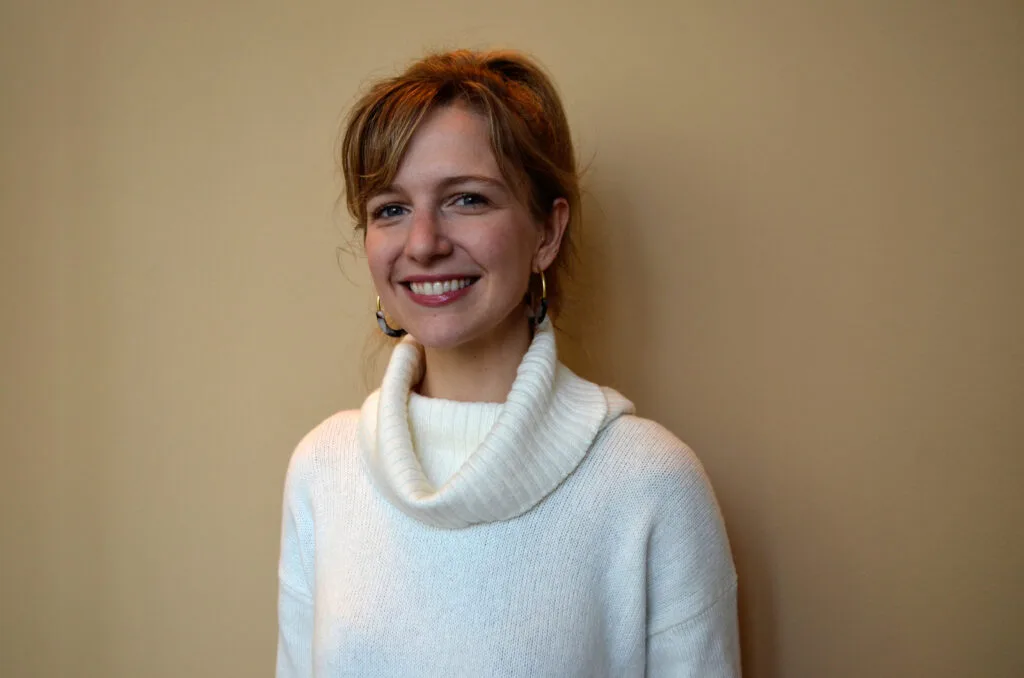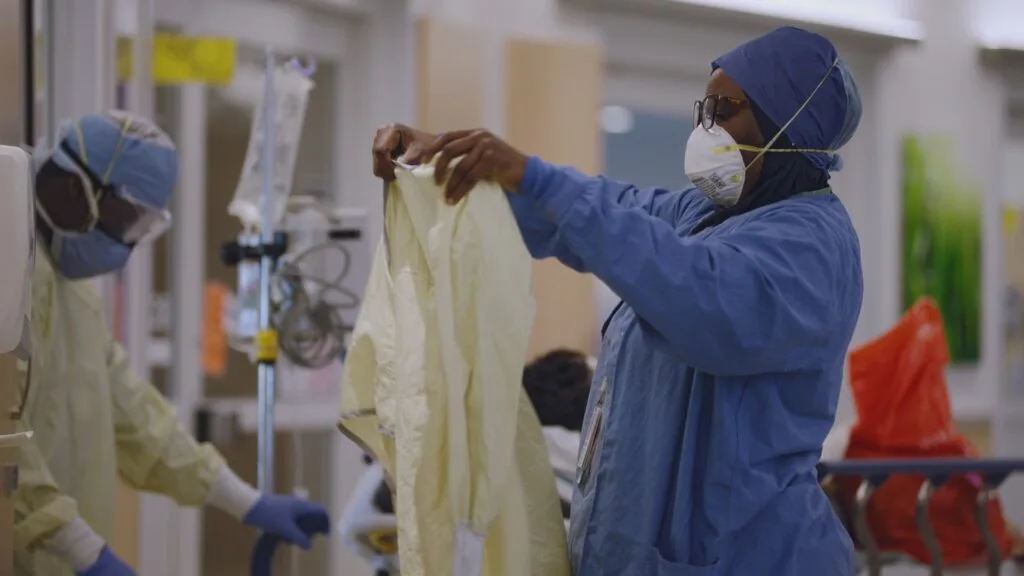How America’s First Known Coronavirus Patient Recovered
April 18, 2020
Share
On January 19, a 35-year-old man walked into a clinic in Snohomish County, Washington, complaining of a cough and fever. He described his symptoms to the medical staff — and then he told them he’d recently returned from Wuhan, China.
The above video, drawn from FRONTLINE’s reporting for the upcoming documentary, Coronavirus Pandemic, explores what happened next — telling the story of how the first known COVID-19 patient in the U.S. was identified and treated.
“We had a game plan in place already,” Dr. George Diaz, who treated patient one when he was admitted to Providence Regional Medical Center in Everett, tells FRONTLINE’s Miles O’Brien. In fact, less than three weeks earlier, the hospital had undergone an elaborate pandemic training simulation.
And public health officials in the Seattle area had been on alert. “I’m sure there were other patients in the country. We were ready to detect it,” state epidemiologist Scott Lindquist tells O’Brien.
In the above video, follow the case of America’s first confirmed COVID-19 patient — from how local and federal health officials coordinated to get him tested quickly and safely, to how he was brought to the hospital in an “isopod” designed to protect those around him, to how he underwent an experimental therapy and was ultimately discharged from the hospital.
Yet in spite of the state’s preparedness and the patient’s recovery, it would soon become clear that the virus’s spread was already ahead of the efforts to contain it.
“Patient number one in the U.S. did everything right, but by then it was probably already spreading in areas in the United States, and we were just very slow to pick up on it,” Juliette Kayyem, the former assistant secretary at the Department of Homeland Security, tells FRONTLINE in the video.
As the toll of the coronavirus outbreak continues to mount, FRONTLINE traces the very different responses in Washington State and in Washington D.C. in Coronavirus Pandemic. Tune in starting April 21 — check local listings or stream on the PBS Video App, online or on YouTube.

Related Documentaries
Latest Documentaries
Related Stories
Related Stories
Policies
Teacher Center
Funding for FRONTLINE is provided through the support of PBS viewers and by the Corporation for Public Broadcasting. Additional funding is provided by the Abrams Foundation; Park Foundation; the John D. and Catherine T. MacArthur Foundation; and the FRONTLINE Journalism Fund with major support from Jon and Jo Ann Hagler on behalf of the Jon L. Hagler Foundation, and additional support from Koo and Patricia Yuen. FRONTLINE is a registered trademark of WGBH Educational Foundation. Web Site Copyright ©1995-2025 WGBH Educational Foundation. PBS is a 501(c)(3) not-for-profit organization.



















